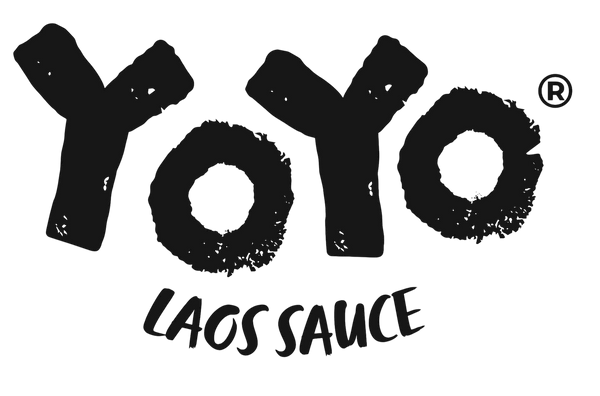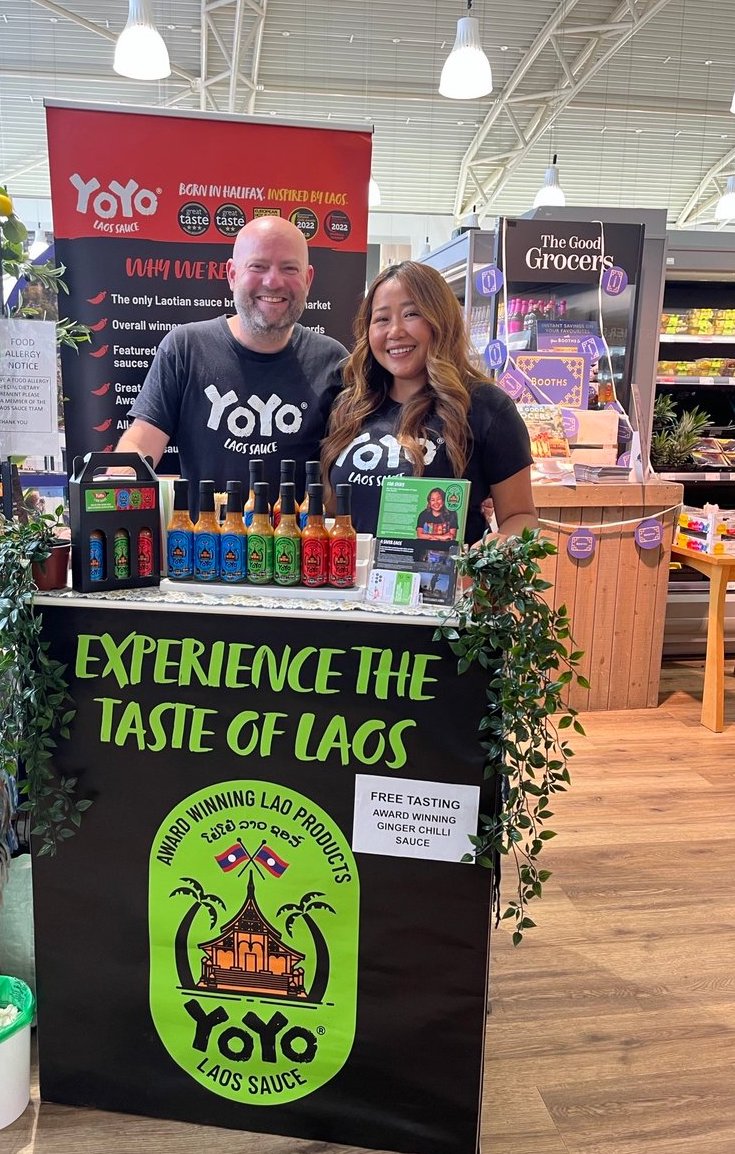Top 10 tips for sampling in supermarkets!
10 Top Tips for Successful Supermarket Sampling (from 14 Booths Stores in 3 Weeks!)
This summer we hit the road, sampling YoYo Laos Sauce in 14 Booths stores across the North. After three weeks of conversations, tastings, and plenty of coffee (thanks Booths team! 🙌), here are our top 10 tips for making the most of in-store sampling.
1. Location, location, location
The foyer area was gold for us — space to set up, great visibility, and guaranteed footfall. Single entrance/exit stores are ideal, but wherever you are, aim to speak to the majority where possible.
2. Take a stand
A custom-built stand with storage, branding, and space for two people made all the difference. Eye-catching and professional beats borrowed tables every time.
3. Be the face
Our pull-up banner featuring Yoyo was a game-changer. Customers loved meeting the maker. That personal connection makes sales far easier.
4. Meet and greet
At busy stores, we experimented with Yoyo greeting people outside, then directing them inside for tastings. It warmed customers up and boosted sales instantly.
5. Go wild in the aisles
Spend time near your shelf! Recommending sauces in the condiments aisle, then revealing we were the brand founders, converted browsers into buyers.
6. What’s your line?
Keep intros short. Awards work wonders: “Would you like to try the sauce that won the UK National Chilli Awards?” Almost everyone said yes.
7. Solve a problem
Shoppers love meal ideas. Quick tips like “great with salmon” or “perfect as a salad dressing” spark inspiration and sales. Recipe cards help too.
8. Don’t stereotype
Never assume. That 75-year-old grandmother? She might just love your hottest sauce. Engage everyone.
9. Staff are customers too
Get staff tasting — they buy, and they recommend. Staff champions are worth their weight in gold.
10. Perfect timing
Our sweet spots were 10:30–12:00 and 3:30–5:30. It’ll vary by product, but afternoons proved best for a bit of chilli heat.
Bonus tip: Think about pairings. We used chopped cucumber on cocktail sticks (with carrot backups), dipped in sauce and then served. We had spoons for the purists!
Finally, embrace the random questions: Where are the toilets? Where's the café — you’ll soon get to know the store, and every question is a chance to engage.
We had an amazing time at Booths — huge thanks to the staff and customers who made our road trip unforgettable!





